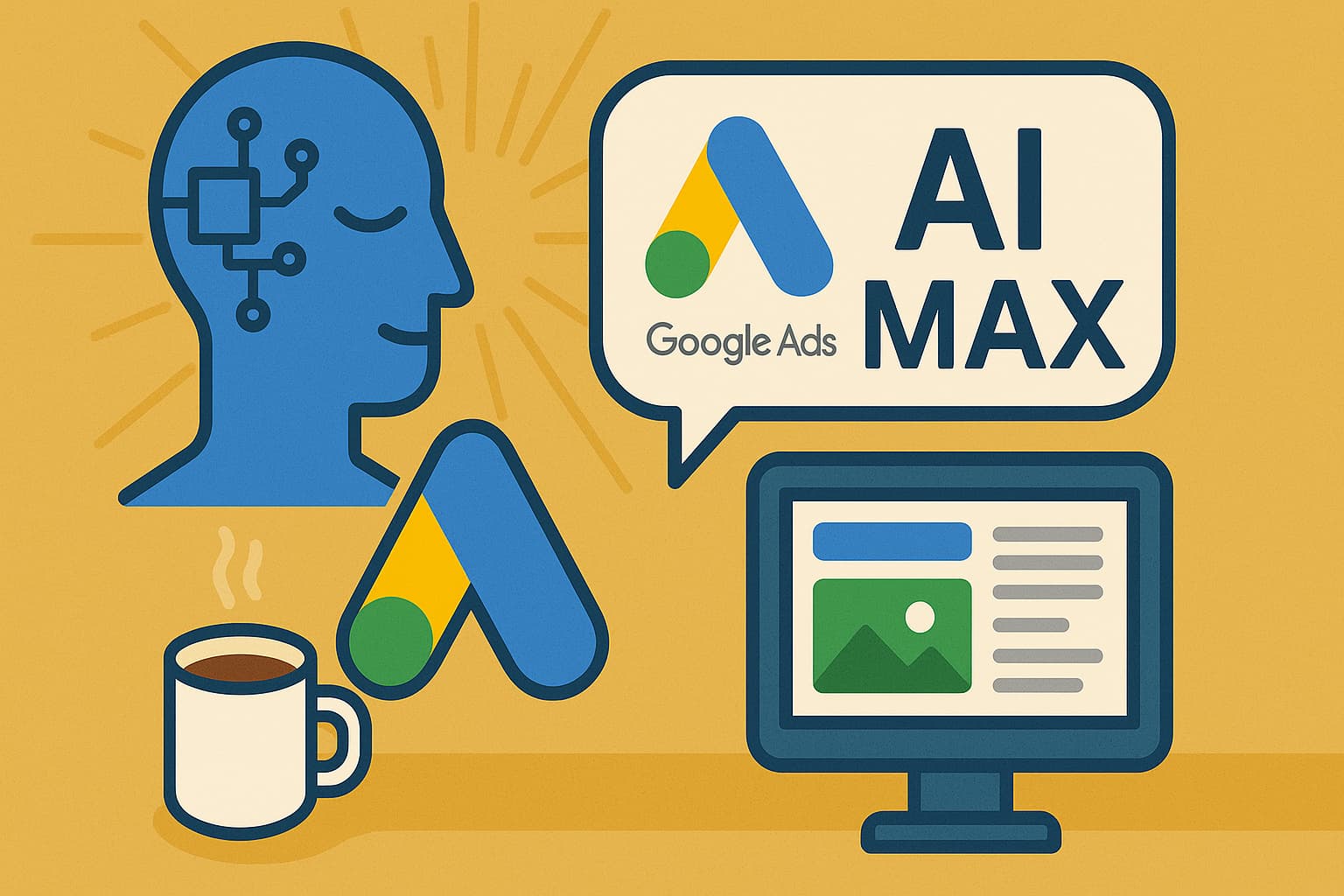There has been a continuous issue facing smaller non-profit organizations. They want to reach out online but often lack the budget and resources necessary. Initiatives such as charity: water and organizations like American Red Cross have been quick to embrace social media. However, it could be argued that large organizations have the resources to experiment, take risks and wait for longer-term investments to pay off. What about smaller, locally-owned non-profits? Can they also leverage social media to raise money, attract volunteers and engage the public?
While it can provide amazing value for your organization, there are many issues to consider when making the decision to plunge into the social media realm. We’ve gathered ten key points to maximize the impact social media can have on your non-profit.
1. Establish a social media plan. Many organizations, non-profits included, jump into social technologies without a clear idea of what they are trying to accomplish. Establish connections with your organization’s strategy and business objectives. Social media cannot operate alone – it needs to be part of a larger, integrated marketing strategy.
2. Understand your goals. You should have a reason to be on Facebook. Are you trying to recruit new volunteers? Encourage activism? Reach out to donors? Figure out what you would like to communicate to your audience and who your audience is. Then decide which tools can best help you do that.
3. Don’t underestimate the time involved. Launch a Facebook page, sign up for Twitter and you’re good to go, right? Not exactly. Developing a good blog or posting interesting tweets that people actually read can take as much or more time than creating a quality newsletter or mail-out. Social media demands interaction, immediacy and continually generating new content – this can mean a huge daily time investment, or finding a company to do it for you.
4. Create a conversation. Many organizations make the mistake of using social media as a place to publish press releases. Social media should be about conversations, not announcements. Establish real relationships by replying, re-tweeting and joining discussions.
5. Engage your followers. One advantage of social media is that it allows individuals to join and interact with groups who represent issues they care about. For example, the YouTube Nonprofit Program allows organizations to connect with supporters, volunteers and donors without launching an expensive campaign.
6. Branding. Successful non-profits have an established brand and leveraging this can mean greater success for your organization. Understand how all of your activities connect and integrate components of your communications, philosophy and marketing efforts.
7. Measure. Measurement allows you to optimize your efforts. Keep track of where your participants are coming from, what they respond to, and which style seems to work best.
8. Be open to feedback. Social media is not a one-way street. Be sure to pay attention to what your followers are telling you.
9. Consider the medium. Using the right social platforms for the right type of audience and the right communication message is essential. Facebook fans don’t want to read a boring press release, but change the information to a fun, casual tone and you may get more interest.
10. Stay consistent. It doesn’t help to share a lot one week and then forget to update your page for a month. It kills interest to start a conversation then disappear. Stay consistent and keep up the momentum you have built with your audience.
Recent Posts
Boost Business Efficiency with Google Workspace Automation Tools
Streamlining Your Business with Google-Based Automations Hey there, fellow business owners! If you’re like most of us, you probably feel like there just...
Harnessing Google Tag Manager for Better User Insights and Performance Tracking
Unlocking the Power of Google Tag Manager: Simplifying Tracking and Understanding User Behavior Hey there, fellow business owners! If you’re navigating the digital...
AI Max: Transform Your Google Search Ads Strategy Today
Unleashing the Power of AI with Google Ads’ New AI Max Hey there, fellow business owners! If you’re anything like us at Strong...



